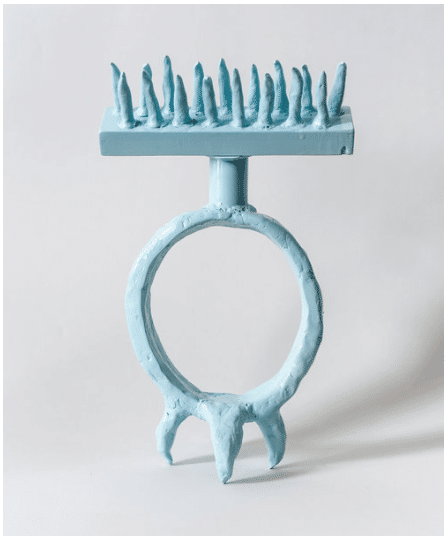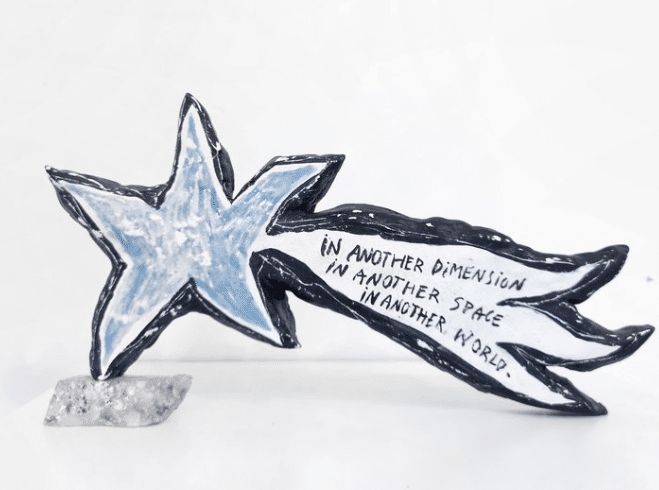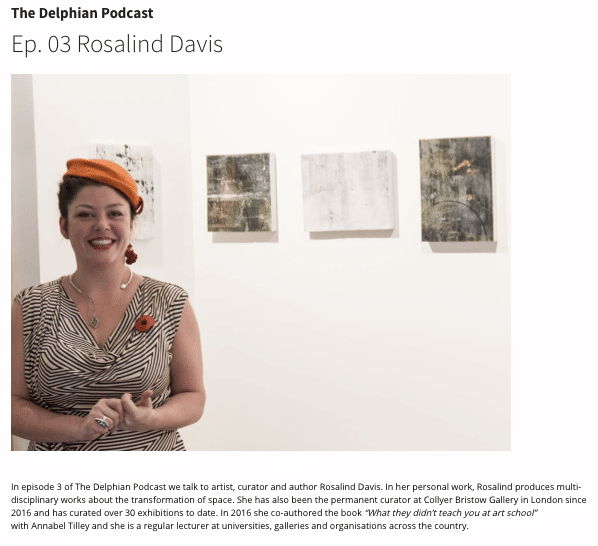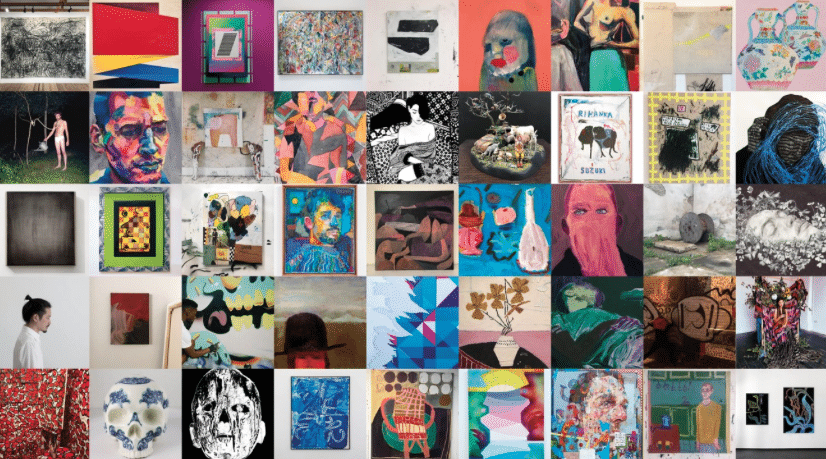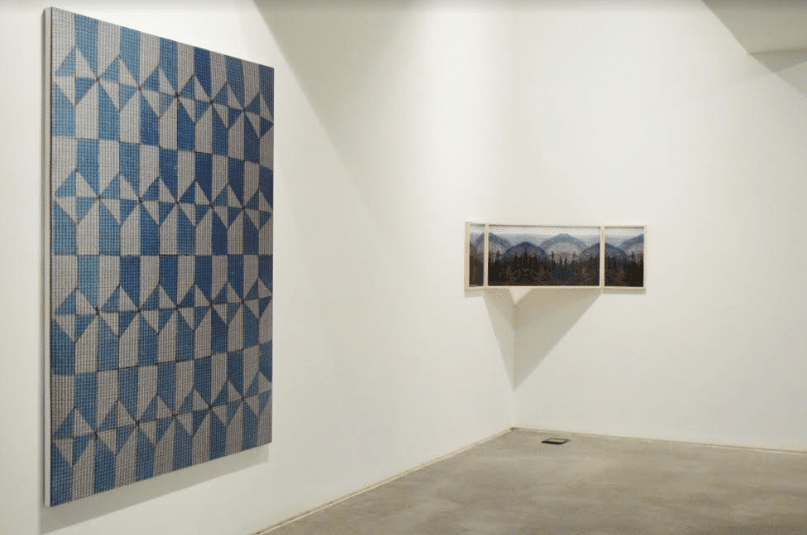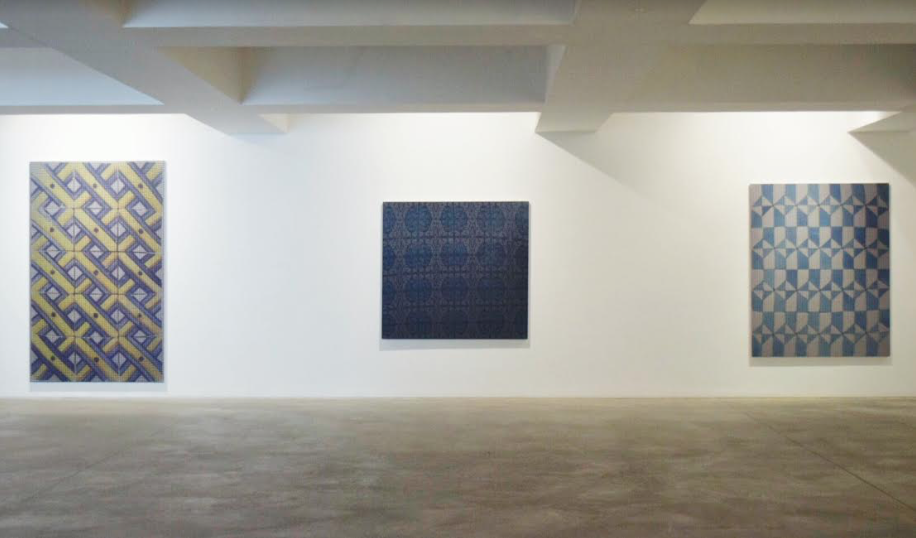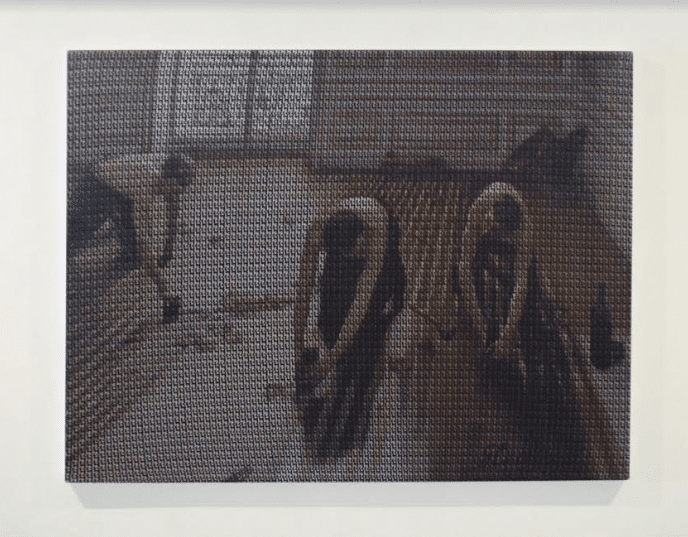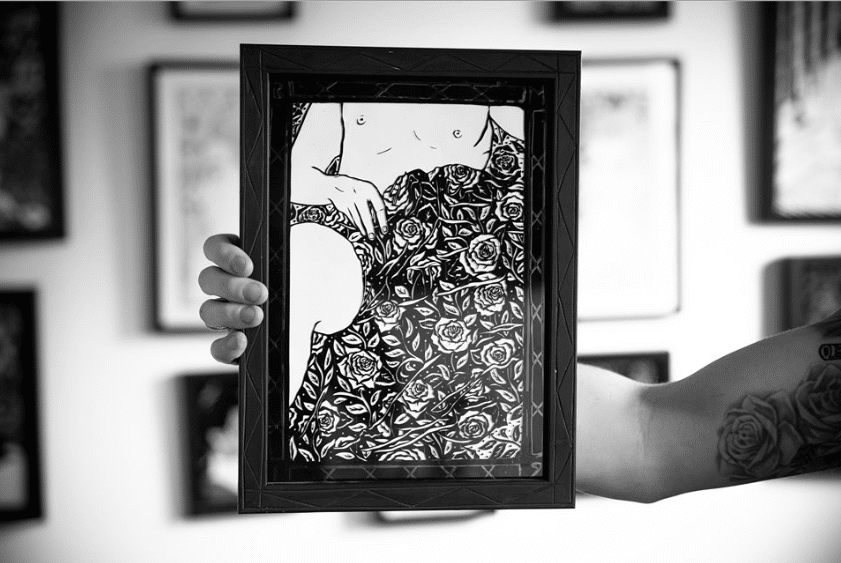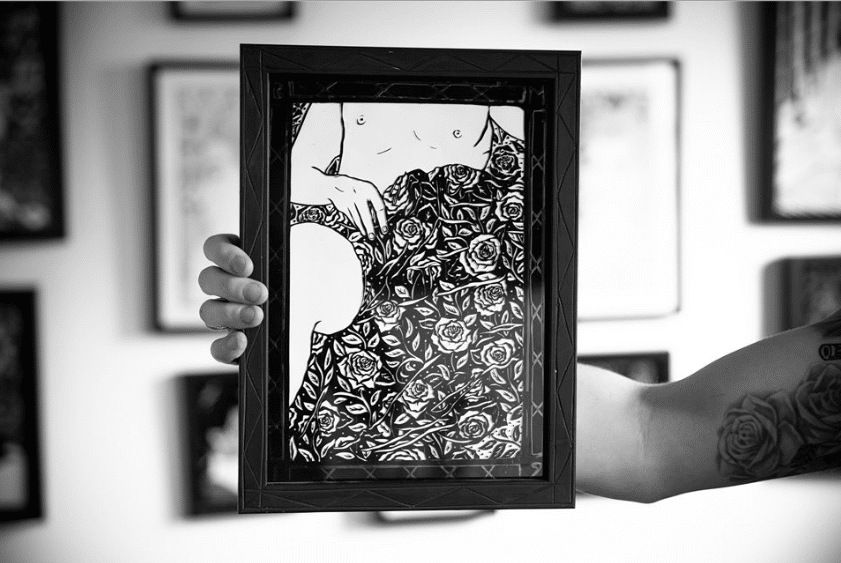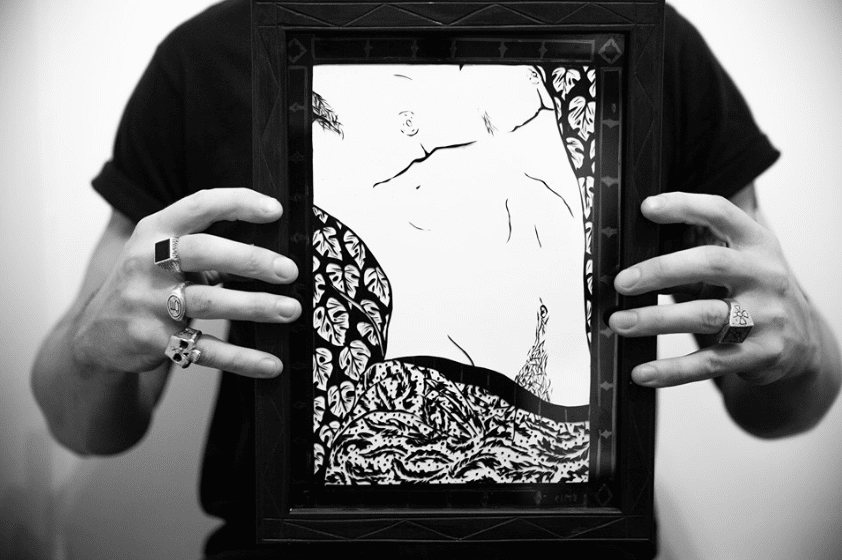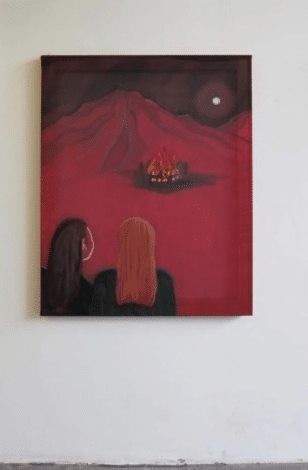Divergent Motion – New Show Announcement!
Delphian Gallery is pleased to present Divergent Motion, our first annual summer group show featuring artists working across painting, drawing, collage, and sculpture.
Our summer show provides the opportunity to continue a visual conversation with previously exhibited artists by showcasing their new work alongside other exciting contemporary artists whom we have yet had the pleasure to show.
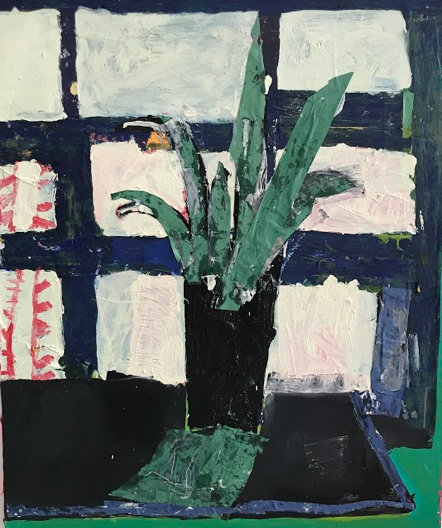
Artwork by Florence Hutchings
Join us for the private view by clicking THIS LINK
In this exhibition, divergent practices are unified by a sense of unruly expression. Participating artists include:
Florence Hutchings (https://www.instagram.com/florencebh/)
Jesse Draxler (https://www.instagram.com/jessedraxler/)
Francisco Mendes Moreira (https://www.instagram.com/franciscomendesmoreira/)
Cannon Dill (https://www.instagram.com/cannondill/)
Benjamin Murphy (https://www.instagram.com/benjaminmurphy_/)
Beth Rodway (https://www.instagram.com/bethellenmorganrodway/)
Klaus Is Koming (https://www.instagram.com/klausiskoming/)
Lou Ros (https://www.instagram.com/lou_ros_/)
Jerry Kowalski (https://www.instagram.com/jerrykowalsky/)
Cathy Tabbakh (https://www.instagram.com/cathytabbakh/)
Paul Weiner (https://www.instagram.com/poweiner/)
Galina Munroe (https://www.instagram.com/galinamunroe/)
Jake Grewal (https://www.instagram.com/jakegrewal/)
Claire Johnson (https://www.instagram.com/clairepony/)
Tess Williams (https://www.instagram.com/tess_williams_studio/)
Mike Ballard (https://www.instagram.com/mikeballards/)
Nick JS Thompson (https://www.instagram.com/nickjsthompson/)
Rusudan Khizanishvili (https://www.instagram.com/rusudan_khizanishvili/)
***RSVP for the guest list in the ticket link above***
Exhibition graciously supported by theprintspace, London’s premiere fine art printers.




